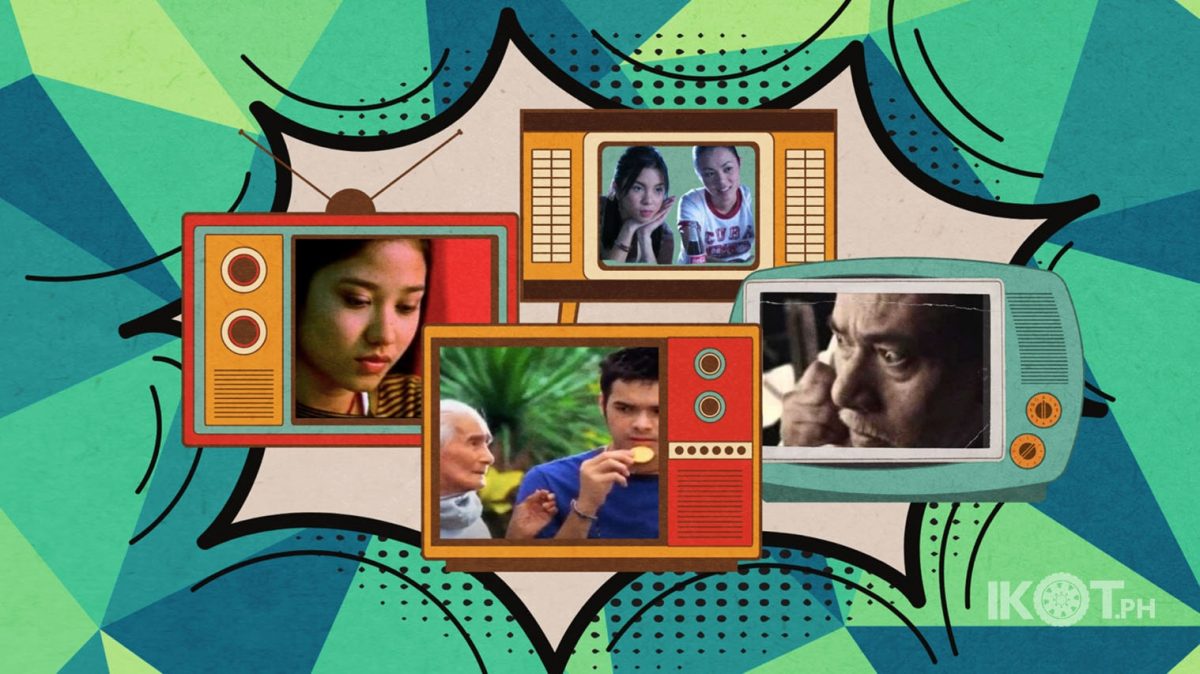TV ads and commercials play a vital role in Philippine pop culture. They range from thought-provoking to downright nonsensical. Some of these commercials have rocked the nation, opening many crucial discussions to develop our social views. But isn’t that why some commercials are effective and successful? When an ad drives people to talk about the brand and, at the same time, talk about societal issues, it becomes etched in the history of commercials that are worth remembering.

In Philippine television, there is a seemingly unspoken template of how stories must be told. Ads follow the same implicit template for years. If a brand targets families, you would often see a mother talking to her “konsensya,” specifically the “Safeguard konsensya,” which was used by other brands, likely for its popularity and effectiveness in sending the message across.

There is also an unspoken rule about refreshments—fruit juices for kids, soda for teenagers and young pros, and alcoholic beverages for the grown ones. Whether or not it is a subtle way of keeping kids away from unhealthy drinking options, these ads do well in targeting specific age demographics. Kids drinks often highlight, well, kids. Soda ads would usually bring in a barkada. In the ’90s, almost all soda ads would carry an accompanying jingle or a choreography.
Decade of TV ads excellence
Things start to take a turn in the ’00s. A surge of intriguing and heartwarming commercial storylines surfaced. This time, ads targeted our innate emotions—knocking in our hearts and minds every time we see them. From McDonald’s unforgettable Lolo and paboritong apo, Karen (not Gina), PLDT’s famous 2001 line, “Kung saan ka masaya, suportahan ta ka.“, up to the Nestle’s All-Purpose Cream commercial about a Fruit salad sent back straight from the grave saying, “Dapat Nestle All-Purpose Cream ginamit mo,” the ’00s was when ads start to veer away from the standard templates of commercials.
How can we forget about The Coke Beat in 2003? Were you one of those who committed to master the clapping game? How about the commercial that catapulted Marian Rivera from stardom to Drama Queendom? When SkyFlakes released the ‘Drama Queen’ ad in 2005, where the famous line, “Gutom lang ako,” came from, Marian Rivera only took two years to hit the Philippine TV by storm. Lastly, one of the most iconic commercials in the ’00s, the Kahilingan ad by Fita Biscuits in 2008, reminded hopefuls and dreamers that you only get what you give.
But over the last decade, another shift in the landscape of TV commercials occurred. This time, we see not-so-subtle diversity in terms of representation. Commercials start to become more inclusive. They have found the perfect concoction in making their content more relatable and accessible to more people. Some braved to break the glass ceiling in terms of social norms. They managed to talk about issues and topics that were once taboo on free TV.
Reality of TV ads and commercials
Despite the different representations of beauty, gender, race, and culture, there were still some commercials that adversely rocked the country. With the help of social media, we also found a way to bridge the gap somehow when it comes to airing out our concerns. But in a dog-eat-dog world of advertising, when people talk about an ad, the brand still ends up winning regardless of how damaging or infuriating the ad may be.
Wherever you are looking, TV ads and commercials impact our lives and how we see things. They remain to be an influential carrier of messages that could define a generation’s perception of things. What you do with your takeaway is well within your discretion. Borrowing from an old quote about Lamborghini, “You have not seen any Lamborghini commercials ever before because the people who can afford them aren’t sitting around watching TV.”

